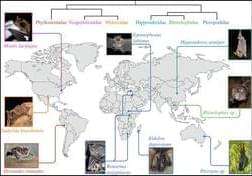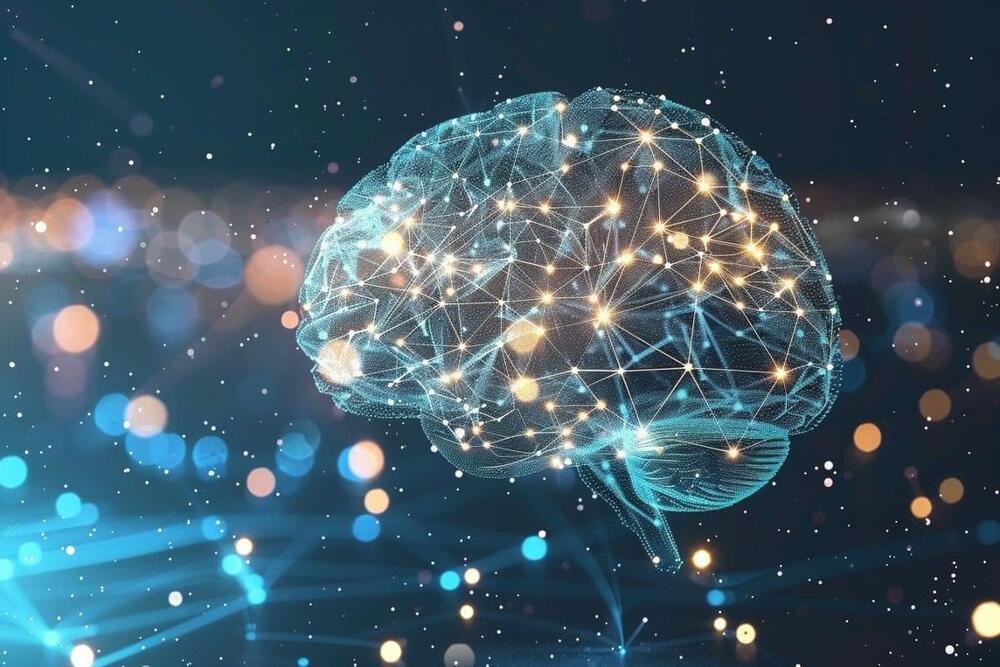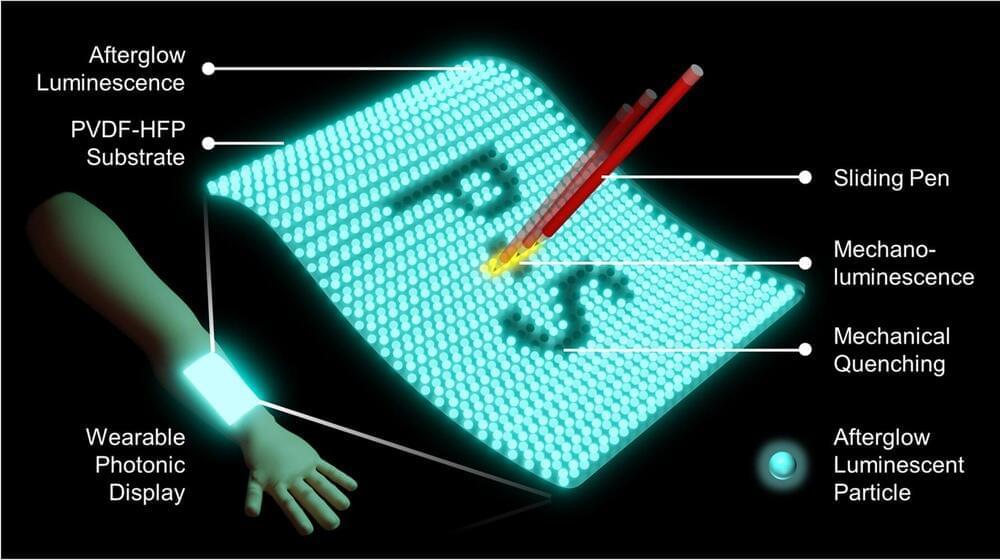Guanylate binding proteins (GBP) were discovered by YSM’s John MacMicking, PhD, and colleagues over a decade ago as major organizers of cellular immune response.
In a recent study, MacMicking’s team used advanced cryo-and electron microscope technology to visualize in high resolution the way GBPs…
Yale scientists have discovered a family of immune proteins, which they describe as a “massive molecular machine,” that could affect the way our bodies fight infection.
Our immune system mobilizes numerous proteins to detect viruses and bacteria — and to bring them under control. But until recently, limits to research technology have thwarted scientists’ understanding of how to prevent different pathogens from occupying and replicating within specific parts of our cells in the first place.
Harnessing the latest cryo‐electron microscopy techniques to look inside human cells, researchers at the Yale Systems Biology Institute have identified a family of large immune proteins that assemble into a massive signaling platform directly on the surface of microbial pathogens.






